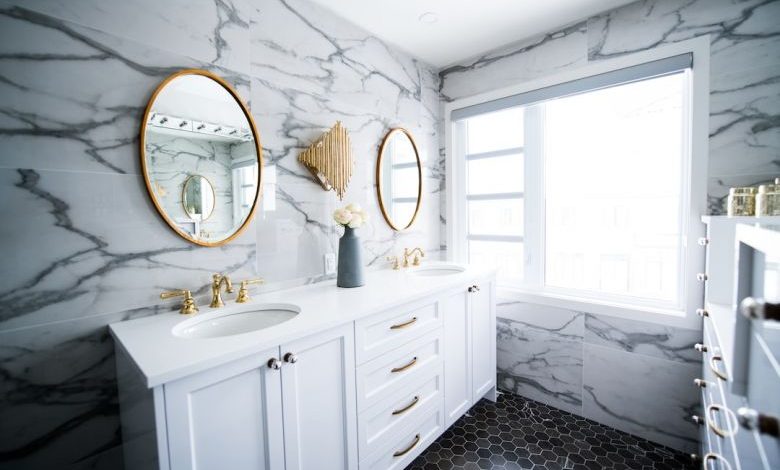What’s the Best Way to Ventilate a Bathroom?

Bathrooms can be a breeding ground for moisture and odors, making proper ventilation essential. Without adequate ventilation, bathrooms can become damp, moldy, and unpleasant to use. In this article, we will explore the best ways to ventilate a bathroom, ensuring a fresh and comfortable environment for all.
The Importance of Bathroom Ventilation
Before we delve into the different ventilation options available, it’s important to understand why bathroom ventilation is crucial. When we shower or bathe, hot water creates steam, which fills the air in the bathroom. If this steam is not properly vented out, it can condense on surfaces such as mirrors, walls, and ceilings, leading to excess moisture. This excess moisture can cause mold and mildew growth, which not only looks unsightly but can also be detrimental to our health.
In addition to excess moisture, bathrooms can also harbor unpleasant odors. Whether it’s from using the toilet or simply spending time in a confined space, odors can quickly accumulate. Ventilation helps remove these odors, keeping the bathroom smelling fresh and clean.
Now that we understand the importance of bathroom ventilation, let’s explore the best ways to achieve it.
1. Install an Exhaust Fan
One of the most effective ways to ventilate a bathroom is by installing an exhaust fan. These fans are designed to remove moisture and odors from the air, preventing them from lingering in the bathroom. When choosing an exhaust fan, ensure that it is appropriately sized for your bathroom and has a high enough airflow rate to effectively remove steam and odors.
2. Utilize a Window
If your bathroom has a window, opening it during and after showering can help ventilate the space. The fresh air from outside will help dissipate the steam and carry away any odors. However, it’s important to note that relying solely on a window for ventilation may not be sufficient in certain climates or during colder months.
3. Consider a Heat Recovery Ventilator (HRV)
Heat Recovery Ventilators (HRVs) are a more advanced option for bathroom ventilation. These systems not only remove moisture and odors but also recover heat from the outgoing air, making them energy-efficient. HRVs work by exchanging the heat from the outgoing air with the fresh air being brought in, ensuring a comfortable temperature in the bathroom while maintaining proper ventilation.
4. Use a Dehumidifier
In particularly humid climates or if your bathroom lacks proper ventilation options, a dehumidifier can be a useful addition. Dehumidifiers work by removing excess moisture from the air, reducing the chances of mold and mildew growth. However, it’s important to regularly empty and maintain the dehumidifier to ensure its effectiveness.
Maintaining Bathroom Ventilation
Now that we’ve explored the best ways to ventilate a bathroom, it’s essential to understand the importance of regular maintenance. Without proper upkeep, even the most effective ventilation systems can become less efficient over time. Here are a few tips for maintaining bathroom ventilation:
– Clean or replace air filters regularly to ensure proper airflow.
– Check exhaust fan ducts for any blockages or obstructions.
– Clean bathroom surfaces regularly to prevent mold and mildew growth.
– Keep windows and doors properly sealed to prevent drafts and maintain temperature control.
Conclusion: A Breath of Fresh Air
Proper bathroom ventilation is essential for maintaining a clean and comfortable environment. Whether you choose to install an exhaust fan, utilize a window, consider a heat recovery ventilator, or use a dehumidifier, the key is to ensure that excess moisture and odors are effectively removed. By implementing these ventilation methods and regularly maintaining them, you can create a fresh and inviting bathroom space for all to enjoy.




